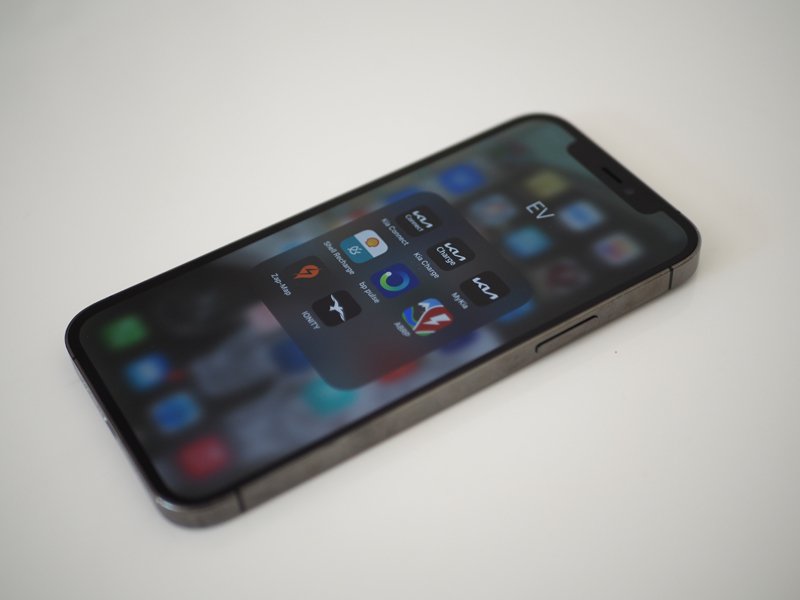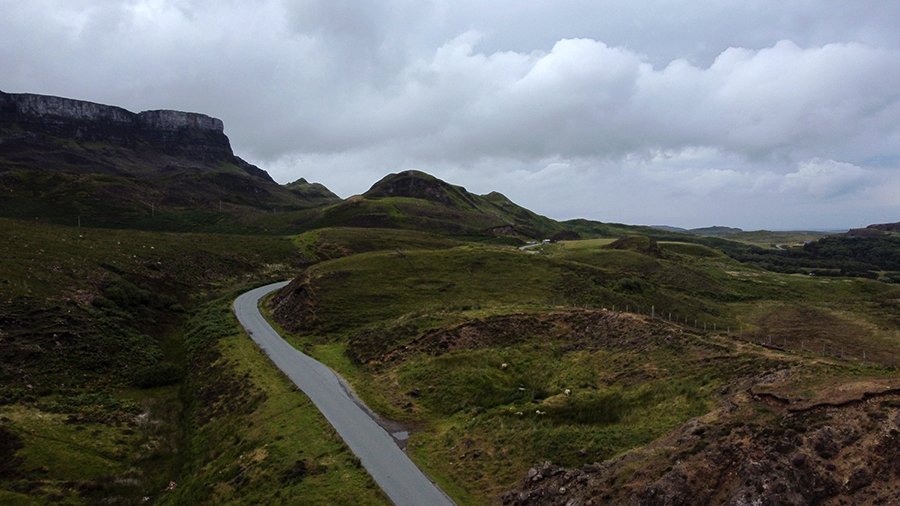10 tips for a stress-free EV road trip
Electric cars have progressed at an incredible pace, and yet two words still stop many people going on extended EV drives: Range Anxiety. It’s the fear of running out of power and being stranded by the roadside.
Over the last century drivers have become so accustomed to the proliferation of petrol stations that we seldom give a second thought to where we might stop and fill up, no matter the length of our road trip. EV charging points are, of course, growing rapidly in number, but there’s no guarantee you’ll find one in every village along your route.
For that reason, seeing your range drop into the red zone in an EV is definitely more of a strain than in a combustion-engined car, where in the worst-case you could probably syphon some fuel from a passer-by.
The key to a successful and stress-free road trip in an electric car is forward planning. With 5,000 miles of electric trips under the wheels of the Detour daily-driver Kia EV6, here’s what we’ve learned:
Know your car
Before embarking on your first long journey it’s good to get familiar with your EV. What kind of charging cable will it accommodate (the most common are CCS, Type 2 and CHAdeMO) and what’s the fastest charge it can cope with? What kind of range do you get out of a full charge and how much difference do the different driving modes make?
Plan ahead
If you’re driving beyond your car’s range then you’ll clearly need to stop and charge en-route. The EV infrastructure isn’t yet quite as reliable as it should be and, as it takes longer to charge than to fill with fuel, you could find yourself facing a queue, so it’s a good idea to pick more than one potential pit stop that is comfortably within range. If you’re stopping overnight then look for hotels with charging points on site or nearby.
Get your Apps in order
Getting the most out of EV driving is all about the apps. We like Zap-Map and ABRP (A Better Route Planner) for help planning routes as you can input your start and destination, set your car and state of charge and the apps will give you alternative routes and charging stops along the way.
Unlike at the petrol pumps you can’t always just rock up to any charger and pay with a card. Or if you do, you could be paying a premium price. Almost every supplier has its own app or payment card so you’ll soon find your home screen full. Some car makers also provide an app or card that you can use at multiple suppliers, which makes life easier.
Subscribe and save
Fast charging can be very pricey, often two or three times more per kWh than you’d pay when charging at home. However, by taking out a monthly subscription to provider you could save money in the long run with reduced rates. If you’re going on a long trip, take a look at which provider has the most charging points and consider signing up. We’ve found an Ionity subscription to pay for itself even with just one charge per month.
Photo Albert Dehon / Unsplash
Watch the weather
Temperature management is crucial for EV batteries (and their passengers of course) and you’ll find that the weather can make quite a big difference to your driving range. Running with the heater on takes about ten percent off the range of Detour’s Kia EV6, while cool air conditioning knocks off about half that. In extreme temperatures if you can pre-condition the car’s battery and cabin temperature while it is still plugged in before you set out, that will help.
Be like Tom and Cruise when you can
When you’re driving on fast A-roads or motorways use the cruise control to maintain a steady speed. This will allow the car to be as efficient as possible. Intelligent cruise systems can maintain a safe distance behind the vehicle ahead and you may also get a small range-saving aerodynamic effect into the bargain.
Speed kills (range)
Even the most aero-efficient EV will use more power the faster you drive it. Just slowing down by a few miles per hour could extend your range significantly. Not that we’re advocating holding up traffic, but you’ll really notice the difference between even 65mph and 70mph.
Take the longer way
A route that takes in slower and windier roads could allow you to go further on a charge. Not only does the reduced pace help, but there’s more opportunity for the car to regenerate power as you brake for corners or slow for pretty villages. The view out the window is likely to be nicer, too.
Embrace the wait
When you do stop to charge, you’re going to be there for a while. Even at a rapid charger on the main road network you’re probably looking at 20 minutes to go from 20 to 80 per cent charge in a car like the Kia or Porsche Taycan which can take the fastest flow of electrons. So use that time to grab a bite to eat, or close your eyes. Better still, make the charge stop a proper pit stop on your trip, by picking one in a place of interest.
Respect charging etiquette
As EV owners have to hang around longer to juice up than petrol car drivers there’s often someone to chat to at charging points. Remember, though, that everyone there has a journey to complete so don’t stay longer than you really need to. Even the most rapid charging cars slow down the rate of charge for the final 20 per cent to preserve the long-term life of the batteries, so the unofficial etiquette is to leave with 80 per cent. It’s definitely bad form to block a charger for hours, and even worse if you don’t return to it when it is fully charged.







